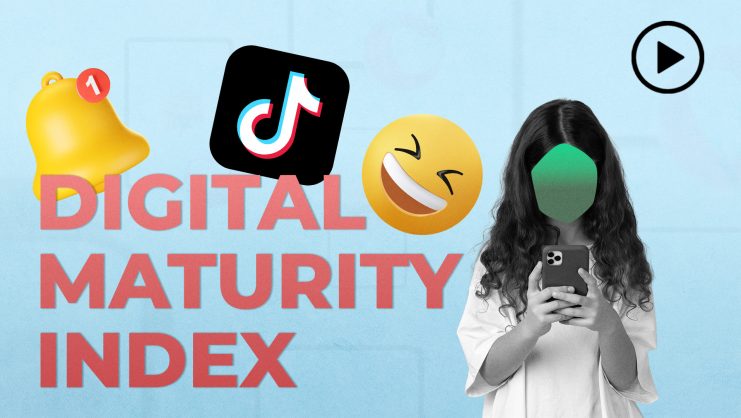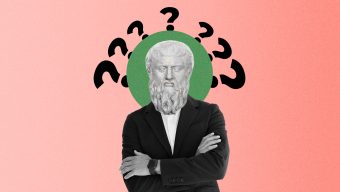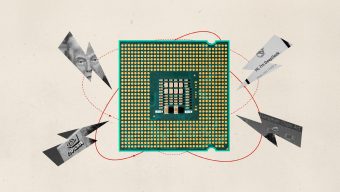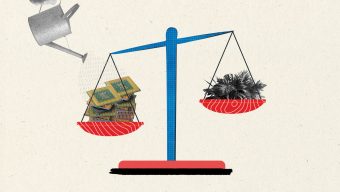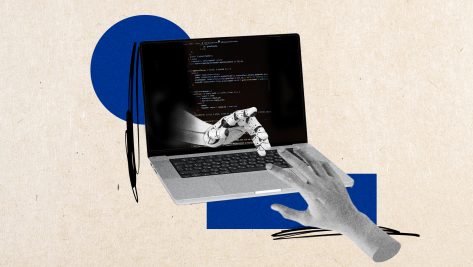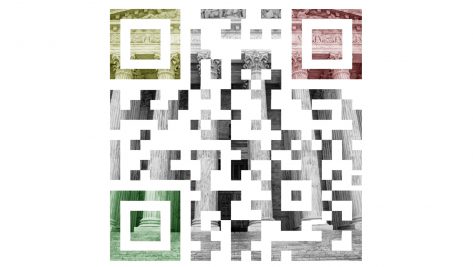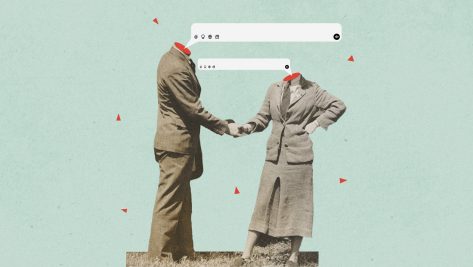Art, Cognac, and AI
What does cognac have to do with AI? John Maeda, Vice President of AI & Design at Microsoft, discusses the links between art and cheese, and explains what artificial intelligence can learn from the world of brandy.
© IE Insights.
Transcription
I was visiting the Seattle Art Festival a little kind of like Basel art show kind of thing. I was like, “wow this art, that’s art”. And I was talking with my friend’s spouse and she’s really deep in it. She’s like a super philosopher. And I was like, “why do artists do this?” It’s a very typical question that she disassembled for me very quickly.
There are three things. There is the subject, there is the context, and there is the object. And I was like, “can you unpack that for me?” Well there’s the object. There’s the object itself that you objectify, it’s physical usually. And then there is the subject. What is it referring to? And there’s context and context depends upon what year, where it is, what’s around it? It changes it.
So I like this framing because it helped me understand that, why is it that when you ask an artist, “Hey, can you draw me something?” they’re offended by it. It’s like, I’m not about the object. The object wasn’t the whole point. You know, like, it’s in the context. It’s kind of like cheese.
Like, I was never into cheese for my whole life. I was like, cheese. I don’t really get it. And then I was in Cognac. I was invited to work on some cognac type of stuff. It was France, so it was a beautiful cheese plate. And then there was a gentleman there from the Netherlands, and he was like, “my gosh, this cheese
plate is amazing, isn’t it?” And I’m like, “I don’t know, I’m not into cheese”. Then he said, well, let me show you. He was showing me how, it’s like a scientific experiment in eating, where you can have some of the soft cheese. Then you have some of it with the honey and you have it with a crunch. It’s like each time you’re making a new sensation.
I learned to appreciate it. So I think that art appreciation is well beyond just, “my gosh, it’s beautiful”. That isn’t enough, is what I realized, for any field you enter. And that’s what I learned from art. So when I was in Cognac, I wasn’t there for the cheese. I was there to facilitate the communication of cognac, which I didn’t know.
Cognac is constructed of multiple kinds of grapes and a kind of grape juice that’s fermented. And you have it from different years. And there are these people who specialize in the ability to mix different years, to come up with the same flavor of blends. They’re called blend masters or something like that. And each year, each region tastes differently, but they’re very good at distilling the end samples.
In the right concentration that produce the taste that you’re used to for cognac. It’s a blend and I think about how it’s a good way to think about AI, because this new kind of AI is all about data and it’s in different blends. If we have too much of this year, it has a bias towards that year, or if we have too little of this, it’s not communicating that part.
However, though, in that industry there are the master blenders who spend decades at the craft. That’s all they do all day, is find the right combination. I think what’s different in this age of AI is there is no taster. There are no human beings who are these tasters right now. We’re getting all kinds of blends right now. It’s a very unstable era for AI cognac.
And I imagine that as time changes, we will have people who are really good blenders. I think that the different model companies are essentially making a certain blend and they’re trying to improve the blend. There is no well-accepted blend yet. It’s pretty exciting.



